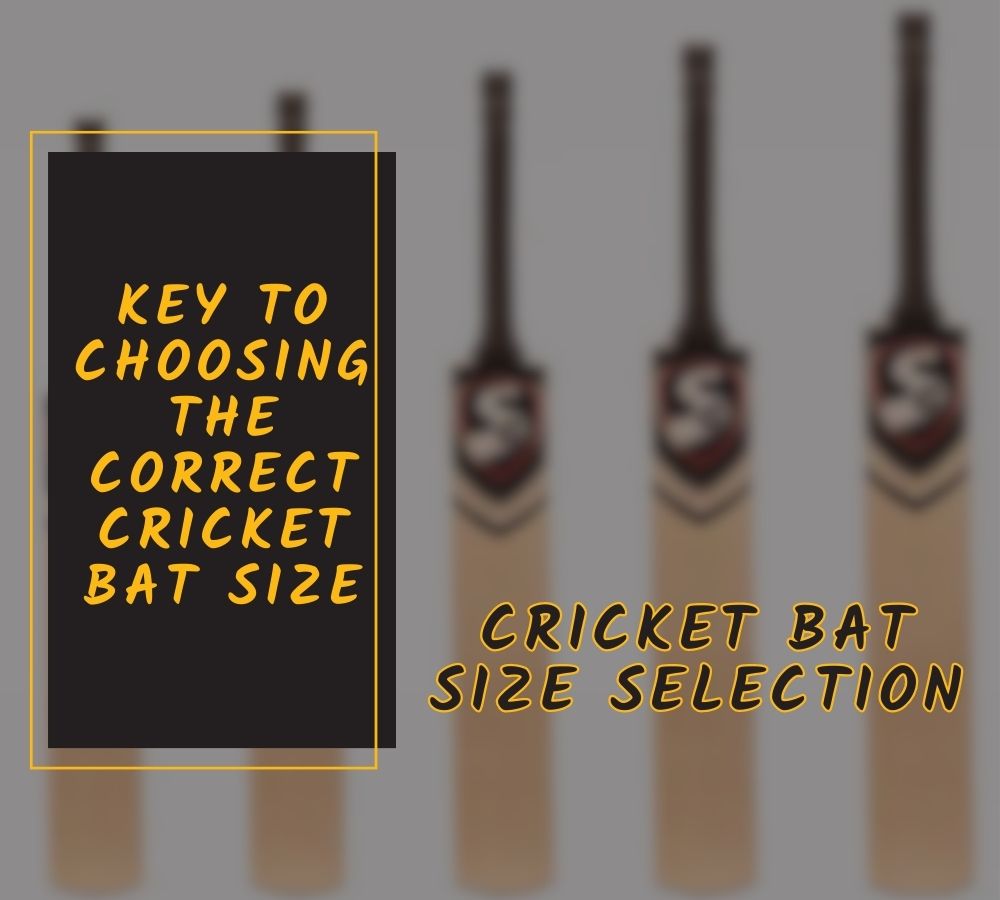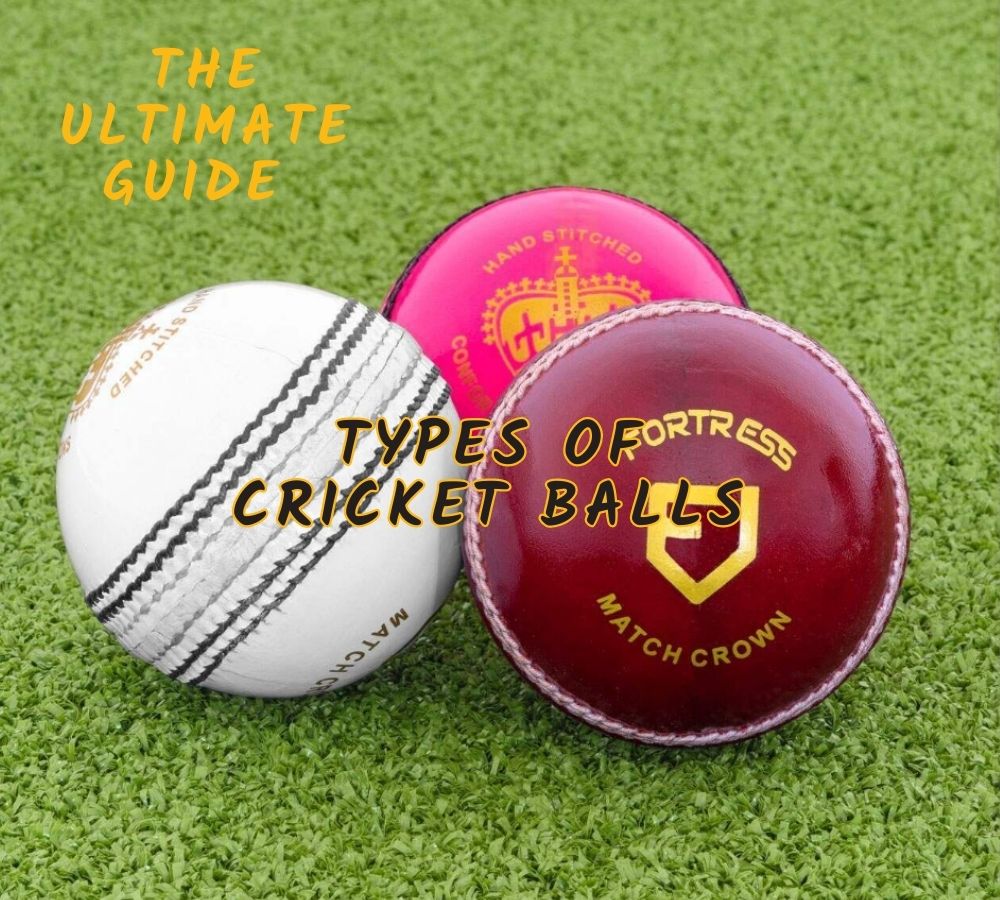Among the crucial cricket equipment, cricket gloves hold a prominent position, offering not only protection but also enhancing grip and control.
Cricket gloves have evolved significantly over time, adapting to the dynamic nature of the game and the ever-changing requirements of cricketers.
The modern cricket glove is a marvel of engineering, meticulously designed to provide comfort, flexibility, and superior hand protection in the face of formidable bowling attacks.
This article delves into the diverse world of cricket gloves, shedding light on the different types available to cricketers today.
Moreover, we will explore the materials that make up these gloves, investigating the advantages and disadvantages of each.
Different Types of Cricket Gloves
When it comes to cricket gloves, there are several distinct types available. Among them, three options are commonly used and preferred. They are…
- Batting gloves
- Wicket-keeping gloves
- Inner gloves
Each type is designed to meet the specific needs of different players on the field. We shall mention clear details and information below for your reference.
1. Batting Gloves
Batting gloves are perhaps the most used gloves in cricket. Batsmen wear them to protect their hands from the impact of fast-paced deliveries, while also ensuring a firm grip on the bat.
These gloves are equipped with padded sections strategically placed on the fingers, palm, and backhand, absorbing the shock of the ball hitting the bat. They are typically made of high-quality leather or synthetic materials, providing durability, comfort, and flexibility.
Batting gloves come in different styles, including traditional sausage-fingered gloves and modern multi-sectioned gloves, allowing players to choose the design that best suits their preferences and requirements.
Pros of Batting Gloves:
- Provide protection to the hands from impact and potential injuries.
- Offer a secure grip on the bat handle, improving control and shot execution.
- Enhance comfort and flexibility during long innings.
- Help dampen vibrations and reduce hand fatigue.
- Made with durable materials for long-lasting performance.
Cons of Batting Gloves:
- May add a slight bulkiness to the hands, affecting the feel and touch on the bat handle.
- Can reduce the direct sensation of the ball on the bat.
- Some gloves may retain moisture or sweat, affecting grip in humid conditions.
Wicket-Keeping Gloves
Wicket-keeping gloves are specifically designed for wicket-keepers, who stand behind the stumps and play a pivotal role in catching deliveries and effecting run-outs.
These gloves prioritize flexibility and dexterity to facilitate quick movements and lightning-fast catches. Wicket-keeping gloves feature additional padding on the palm and fingers to protect against the impact of the ball.
They often incorporate a unique webbing design between the thumb and index finger, ensuring a secure grip when catching and preventing the ball from dislodging.
Wicket-keeping gloves are constructed with materials that offer a balance between flexibility and moisture resistance, such as traditional leather or synthetic fabrics.
Pros of Wicket-keeping Gloves:
- Provide flexibility and dexterity for quick movements and catches.
- Enhance grip on the ball, aiding in secure catches and preventing slippage.
- Offer additional padding to protect against impact from fast deliveries.
- Incorporate webbing design for a controlled grip during catches and stumpings.
- Designed with moisture management properties for comfort and grip maintenance.
Cons of Wicket-keeping Gloves:
- May reduce the direct feel and touch of the ball on the hands.
- Finding the right fit and comfort level can be a challenge.
- The thickness of the gloves may slightly affect hand sensation.
- Compatibility with other equipment, such as wrist guards, may need to be considered.
3. Inner Gloves
Inner gloves, also known as inners or batting inners, are thin gloves that are worn underneath the main batting gloves. They serve as an extra layer of protection and offer several advantages to cricketers, particularly batsmen.
They provide cushioning to absorb shocks and minimize the risk of hand injuries caused by fast deliveries. They also have moisture-wicking properties, made from materials like cotton or synthetic fabrics, which help absorb sweat from the hands, keeping them dry and improving grip.
Inner gloves contribute to overall comfort during long batting innings and can enhance the performance and confidence of batsmen.
Pros of Inner Gloves:
- Provide an additional layer of protection for the hands.
- Help absorb shocks and reduce the risk of hand injuries.
- Improve grip on the bat handle, enhancing control and shot execution.
- Absorb moisture and sweat, keeping the hands dry and maintaining a secure grip.
- Offer a comfortable fit and reduce friction during long batting sessions.
Cons of Inner Gloves:
- May add some bulkiness to the hands, affecting the feel and touch on the bat handle.
- Can slightly reduce the direct sensation of the ball on the bat.
- Finding the right fit and compatibility with the main batting gloves can be challenging.
- Some players may find the added layer reduces their ability to gauge the timing and placement of the ball.
Other Lesser-Known Cricket Gloves
Fielding Gloves:
Fielding gloves are specialized gloves used by close-in fielders, such as slip fielders or short-leg fielders, who stand in positions close to the batsman. These gloves prioritize grip and flexibility to aid in catching and throwing the ball quickly. They often have additional padding on the palm for added protection during close-in catches. Fielding gloves can vary in design, with some resembling batting gloves, while others feature a more open-fingered design for improved agility.
All-Rounders’ Gloves:
All-rounders’ gloves are designed for players who contribute both as batsmen and bowlers. These gloves aim to strike a balance between batting and bowling requirements. They typically feature adequate protection for the fingers and palm, along with good grip and flexibility. All-rounders’ gloves may have variations in padding and design based on individual preferences and playing style.
Conclusion
Each type of cricket glove serves a distinct purpose, catering to the specific demands of different players on the cricket field. Choosing the right gloves is crucial for both performance and safety, ensuring that players can excel while enjoying optimal comfort and protection.



